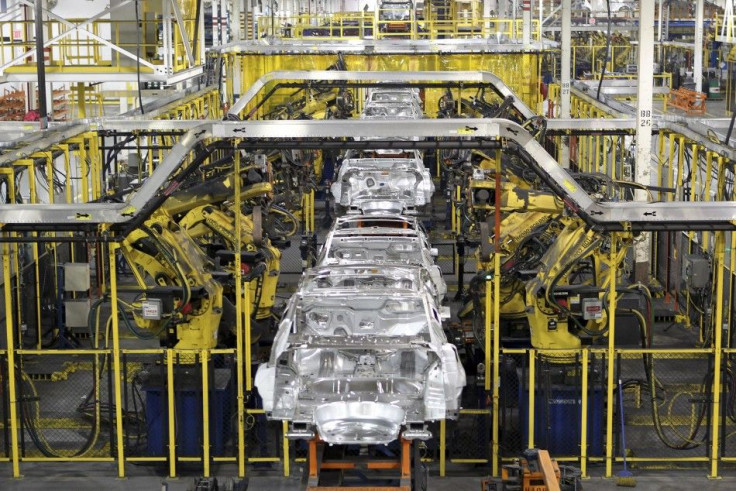U.S. Third-Quarter Productivity Revised Down to 2.3 %

U.S. workers in the nonfarm business sector increased their productivity between July and September by the most in a year and a half, but productivity grew at a slower rate than initially expected.
The workforce has been more productive and less costly in the third quarter, which is good news for company profits, yet a worrying sign for the job market if businesses do not feel the need to add additional employees to their payrolls.
Labor productivity increased at a 2.3 percent annual rate during the third quarter of 2011, the U.S. Bureau of Labor Statistics reported Wednesday. Output rose 3.2 percent and hours worked was up by 0.8 percent. Unit labor costs fell 2.5 percent, reflecting a 0.2 percent decline in hourly compensation. Unit-labor costs reflect how much it costs a business to produce one unit of output.
Increases in hourly compensation tend to increase unit labor costs and increases in output per hour tend to reduce them. Workers are working longer hours and settling for less pay.
In the third quarter of 2011, real hourly compensation decreased 3.2 percent, reflecting a 0.2 percent drop in hourly compensation combined with a 3.1 percent increase in consumer prices. When compared with the same year-ago quarter, this measure declined 2.3 percent, which is the largest decline in this series that began in 1948.
Real hourly compensation takes into account the effect of inflation on wages. This reading tells whether workers' standard of living is actually improving.
© Copyright IBTimes 2024. All rights reserved.






















